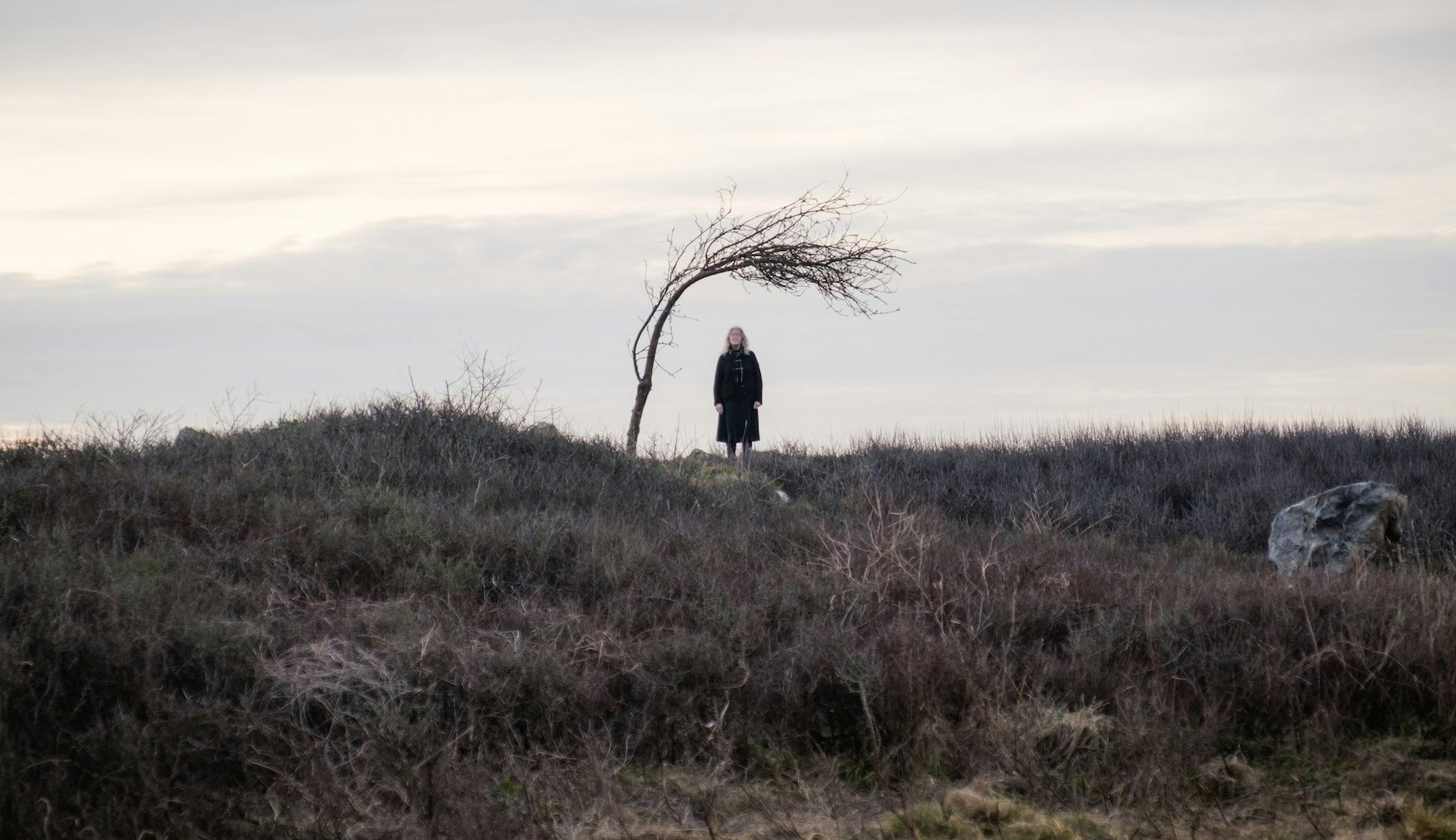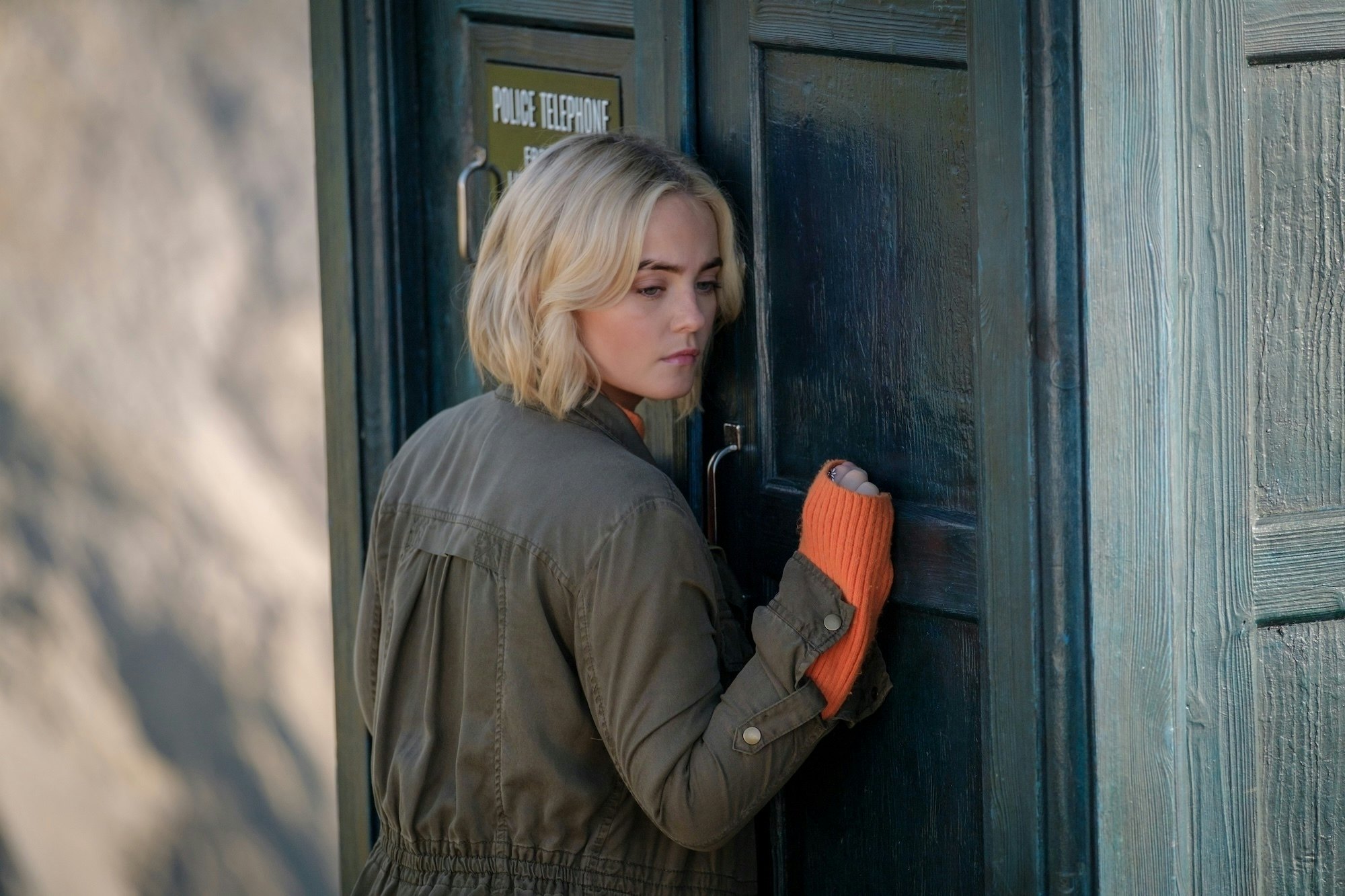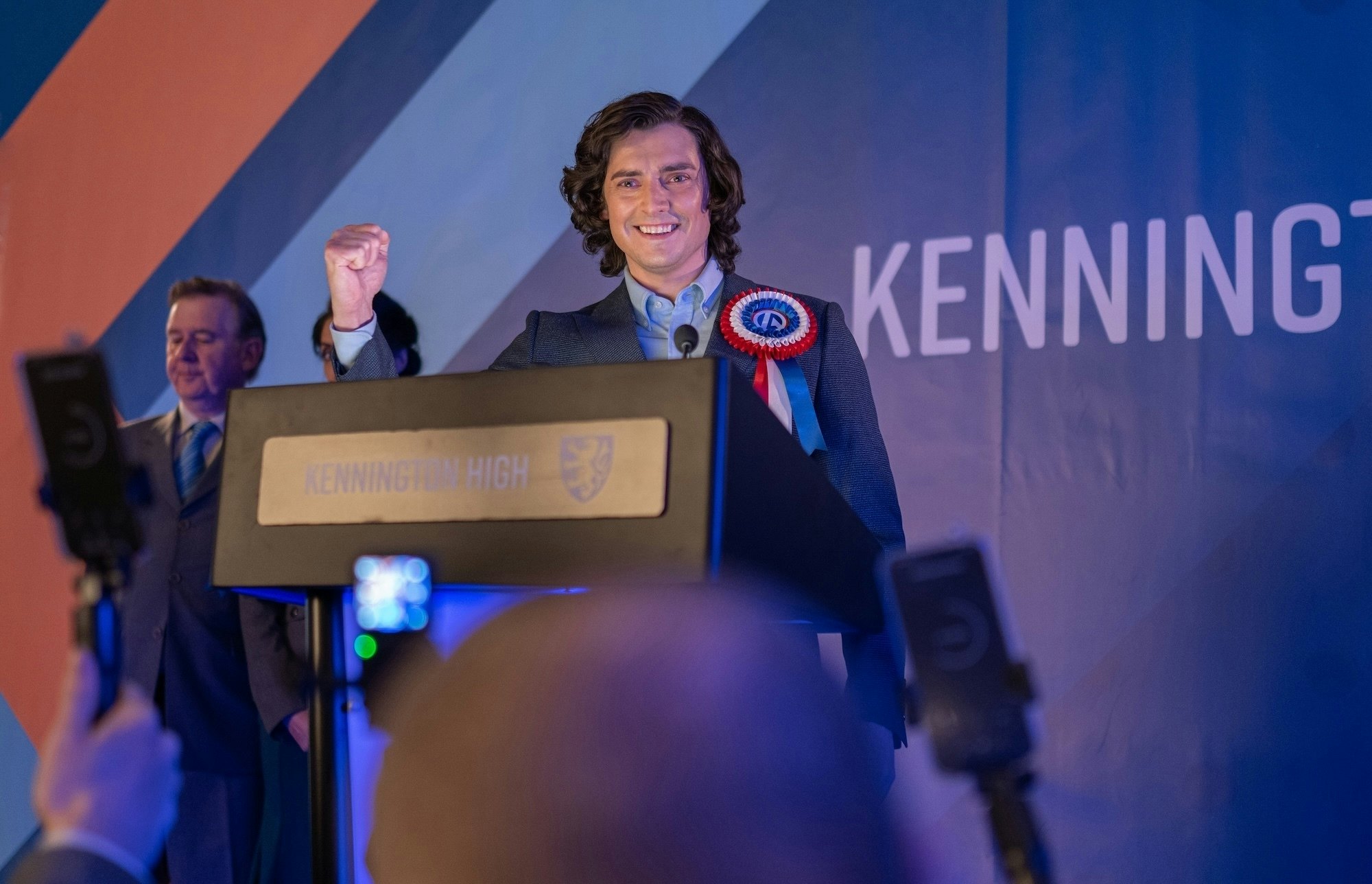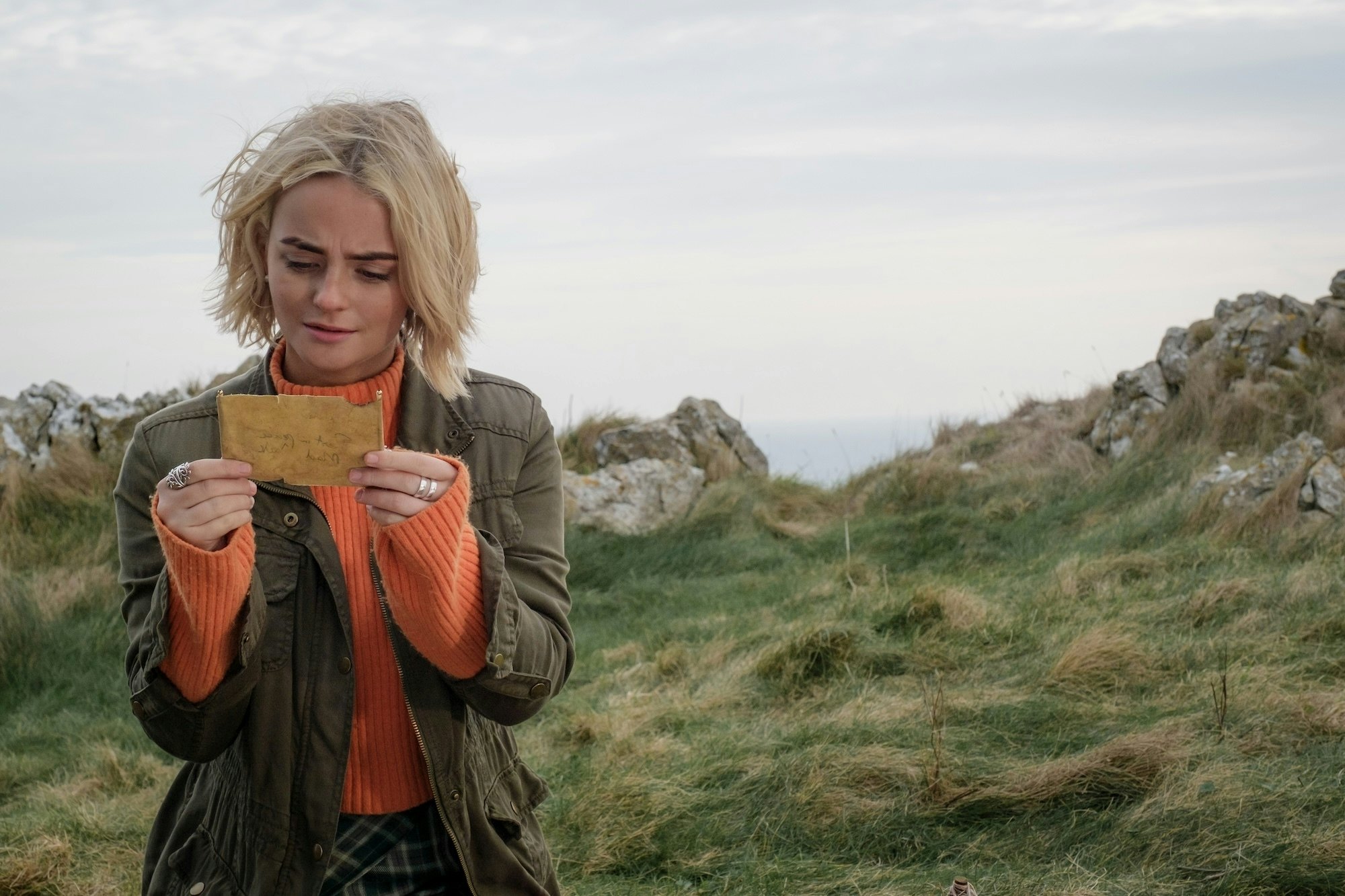
What happens when the Doctor isn’t around to save the universe? In the newest Doctor Who episode, “73 Yards,” we’re told the answer to that question is “confidential,” but longtime fans know that a Who episode in which the Doctor (Ncuti Gatwa) barely appears can sometimes be not only unique but also hugely formative to a larger story arc. In a sense, the twisty “73 Yards,” feels like an updated version of 2008’s “Turn Left,” in which Donna Noble (Catherine Tate) found herself in an alternate timeline in which she had never met the 10th Doctor (David Tennant). “73 Yards” employs incumbent companion Ruby Sunday (Millie Gibson) in a similar way: putting her on a mind-bending journey far trippier and deeper than super-intelligent babies or bizzaro versions of the Beatles.
“73 Yards” might be the best Doctor Who episode of the new season, perhaps even better than its minimalist predecessor, “Boom.” For a season that started out with two episodes that felt meandering and silly, this newly rebooted Doctor Who Season 1 seems to have finally gotten into an amazing groove. Even if none of the forthcoming episodes in this season top “73 Yards,” this one will go down as a classic of the series, not just because it’s one of the rare episodes in which the Doctor barely appears (known by fans as “Doctor-lite”) but because the story itself is so heartbreaking, unique, and utterly gripping.
Massive spoilers ahead for Doctor Who “73 Yards.”
Ruby Sunday’s solo episode

After the Doctor and Ruby arrive in the TARDIS in contemporary Wales, the Doctor immediately steps on a delicate “fairy circle,” which our duo takes to be some relic left behind by people long gone, or children. But, there’s deeper magic at work here. By stepping on this seemingly innocuous thing, the Doctor vanishes and the TARDIS is suddenly locked from the inside. Ruby is alone in the small Welsh village of Glyngatwg, and is now haunted by a strange woman who remains specifically distant from her, exactly 73 yards away at all times. The woman appears to be distraught, gesticulating in a way both full of meaning and yet cryptic. To make matters even more unsettling, other people can see the woman, and if they try to talk to her, they become horrified and run away. This phenomenon escalates when Ruby decides to just head back home to London and the mystery woman scares off Ruby’s adoptive mother, Carla Sunday, who refuses to talk to Ruby again, cutting off all ties with her.
A year passes, and Ruby enlists the help of UNIT and Kate Stewart (Jemma Redgrave), who is confident that the strange woman can be brought down. But, again, whatever the woman tells Kate and the rest of the UNIT agents backfires, and they too ditch Ruby. Decades pass, as Ruby lives alone and tries to cobble together some semblance of a life, haunted by this specter. Eventually, Ruby remembers that the Doctor casually mentioned a 2046 politician named Roger ap Gwilliam (Aneurin Barnard), who, as UK Prime Minister, nearly brought the world to the brink of a nuclear meltdown.

When Ruby sees that Gwilliam is running for office, she begins to believe her purpose is to prevent this from happening. After infiltrating his campaign, and realizing that Gwilliam seems intent on starting a nuclear conflict, Ruby contrives a scenario in which he’ll be standing next to the woman, 73 yards away from her. This works, and whatever the woman tells Gwilliam frightens him, and he resigns, thus preventing the rise of an authoritarian state. But Ruby does not snap back to reality, just yet. She lives on, and becomes an old woman (played by Amanda Walker), and eventually passes away, and turns into a kind of ghost. And then, we realize that the strange woman is Old Ruby as a spirit.
The episode then circles back to the beginning; the Doctor and Ruby have arrived in 2024 in Wales, and the Doctor is about to step on the fairy circle. But the Old Ruby spirit communicates with Young Ruby, and she stops the Doctor from breaking the circle. The world has been saved, and everything is back to normal. Or is it?
The mind-boggling timeline of “73 Yards”

When Ruby meets Kate Stewart, the UNIT chief postulates “I think this timeline might be suspended along your event.” This parallels other alternate timelines in Doctor Who, specifically, “Turn Left” in 2008. The episode showed Donna in a timeline without the Doctor — a timeline that she was able to cancel out by heading back in time, and eventually, causing a traffic accident that allowed her former self to turn left in her car as she was meant to, rather than turning right. Back then, this episode was merely a prelude to a larger two-part finale in which another parallel universe was in play, and the entirety of reality was threatened by the Daleks.
“73 Yards” seems to have similar features simply because not all of our questions are fully answered by the end of this episode. We don’t know why the Doctor vanished when the fairy circle was broken, nor why the TARDIS remained locked in that same spot on a clifftop in Wales. It’s also unclear what Ruby’s spirit was actually saying to people that caused them to utterly freak out. Nor is it clear how much Ruby remembers of her alternate life. At the end of the episode, she sees the mystery woman from a distance and tells the Doctor she’s been to Wales three times, though, at the start of the episode, she said she’d been there twice. This seems to indicate some of Ruby’s memories from the other timeline have merged with this version of Ruby, but we still don’t know, and perhaps may never know.
But, there are a few larger clues here to a growing mystery in this newly rebooted Season 1 of Doctor Who. Ruby again encounters a different old woman, a hiker, played by Susan Twist, who has been appearing as several random, different characters throughout the season. But this time, it’s not an Easter egg just for fans, Ruby actually wonders out loud: “I haven’t met you before?” Ruby just saw this face as an AI in the distant future in “Boom,” and as a tea lady in 1963, in “The Devil’s Chord.” Clearly, this repeated Susan Twist cameo (which began in the David Tennant 2023 special “Wild Blue Yonder”) means something.
Another kooky old lady, Mrs. Flood (Anita Dobson), reappears in this episode, a neighbor of Ruby’s who, in breaking the fourth wall in “The Church of Ruby Road,” indicated to the audience she knows what a TARDIS is. Completing a kind of trilogy of spooky and powerful older women, Siân Phillips appears in this episode as the woman in the pub in Wales. (She played The Reverend Mother in the 1984 Dune!) This probably isn’t an intentional thing, but since Russell T Davies told Inverse he wants to Doctor Who to cross over with Star Trek, why not Dune, too?
“73 Yards” ending explained (almost)

The very end of “73 Yards,” seems to make us believe that the first version of Ruby was part of a predestination paradox; that she was destined to be isolated from the Doctor, her family, and everyone, all so she could prevent Roger ap Gwilliam from destroying the world. After that, her second pre-determined fate was to warn her younger self and the Doctor not to break the fairy circle.
But does that mean that in 2046, Roger ap Gwilliam just won’t be around? Do two versions of Ruby coexist in the timeline side-by-side? Or, is this timeline now collapsed (or “suspended”) and the rise of Gwilliam has been prevented? The ending of “73 Years” seems to sort of handwave these questions away. But because the Doctor mentioned Gwilliam so specifically, might he reappear?
Old Ruby also mentioned that “it never snowed again,” and just before she passed away, she said she could “make it snow.” This references several moments this season in which snow has appeared randomly around Ruby, indicating some kind of time fracture or other timey-wimey Doctor Who mystery.
So, just because Ruby’s epic journey in “73 Yards,” fixed at least one timeline, and totally saved the world, that doesn’t mean all of our questions have been answered. If anything, “73 Yards” has created an even more interconnected Who season than we previously imagined. And it seems that the biggest revelations are yet to come.







